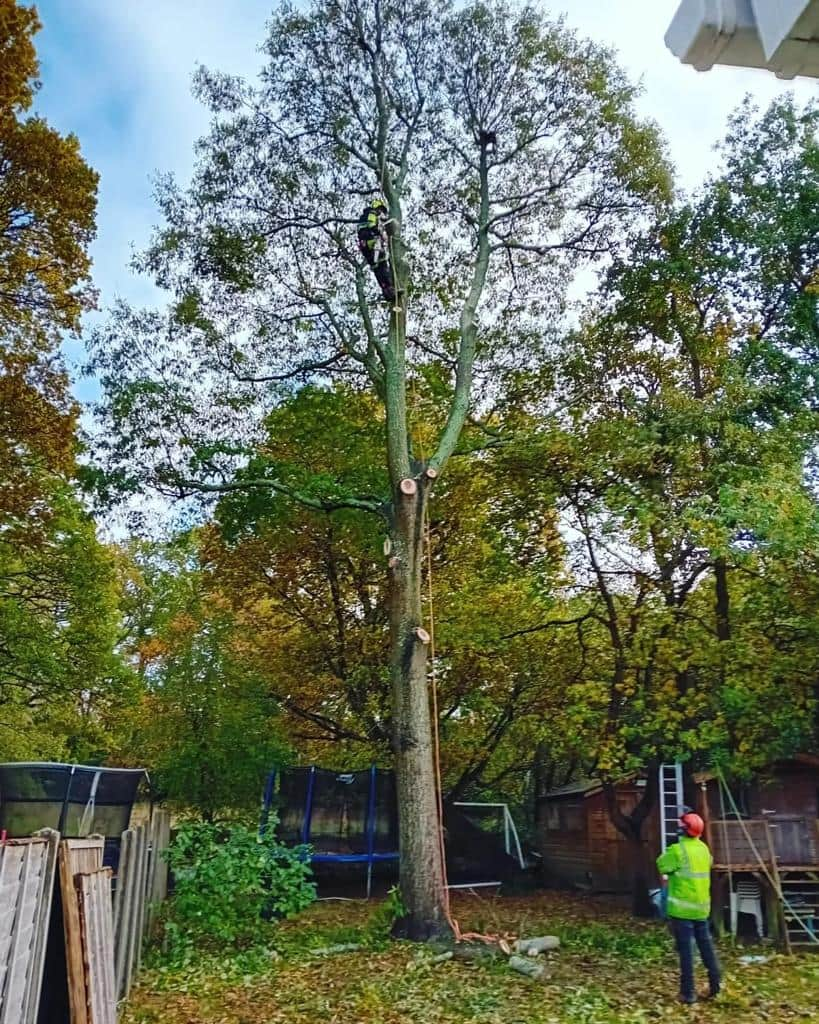Introduction: Trimming hedges is crucial to maintaining a tidy and attractive garden. However, even the most well-intentioned homeowners can make mistakes regarding hedge cutting. These mistakes can result in uneven growth, damage the hedge, or harm the surrounding environment. In this blog post, we’ll highlight some common mistakes to avoid when trimming hedges to help you achieve professional-looking results.
Neglecting Proper Timing:
- Trimming hedges at the wrong time of year can disrupt their growth cycle and lead to stress or damage. Avoid trimming hedges during periods of active growth, such as spring and early summer, as this can remove new growth and affect flowering or fruiting. Instead, aim to trim hedges during their dormant or slow-growth phases in late winter or early autumn for optimal results.
Over-Pruning:
- One of the most common mistakes homeowners make when trimming hedges is over-pruning. Excessive pruning can weaken the hedge, reduce its density, and make it more susceptible to pests and diseases. Avoid cutting hedges back too aggressively and aim to maintain their natural shape and structure while removing only the necessary growth.
Using Dull or Incorrect Tools:
- Using dull or inappropriate hedge-cutting tools can result in ragged, torn foliage and uneven cuts. Ensure your hedge trimmers are sharp and well-maintained to achieve clean, precise cuts without causing unnecessary stress to the hedge. Additionally, choose the right type of trimmer for the size and type of hedge you’re cutting to ensure efficient and effective trimming.
Ignoring Safety Precautions:
- Hedge cutting can be hazardous, especially when working with power tools or on tall hedges. Always prioritise safety by wearing appropriate protective gear, gloves, safety goggles, and sturdy footwear. Use a stable ladder or platform when working at heights, and never overreach or lean while trimming hedges.
Neglecting Regular Maintenance:
- Regular maintenance is essential for keeping hedges healthy and looking their best. Neglecting to trim hedges regularly can result in overgrown, untidy hedges that detract from the overall appearance of your garden. Aim to trim hedges at least once or twice a year, depending on their growth rate and desired appearance.
Failing to Consider Environmental Factors:
- When trimming hedges, it’s essential to consider environmental factors such as weather conditions, wildlife habitats, and neighbouring properties. Avoid trimming hedges during nesting or breeding seasons to avoid disturbing wildlife, and be mindful of noise levels when using power tools, especially in residential areas.
Not Pruning for Health and Structure:
- In addition to aesthetic considerations, hedge cutting should also prioritise the health and structure of the hedge. Regular pruning can promote healthy growth, improve air circulation, and reduce the risk of disease or pest infestations. Focus on removing dead or diseased branches, thinning out dense growth, and shaping the hedge to maintain strength and vitality.
Conclusion: By avoiding these common mistakes and following best hedge-cutting practices, you can ensure your hedges remain healthy, attractive, and well-maintained year-round. Remember to plan your trimming schedule carefully, use the right tools and techniques, prioritise safety, and consider the needs of both your hedges and the surrounding environment for optimal results.
Call us on: 01428 770 498
Click here to find out more about LM Tree Surgery Liphook
Click here to complete our contact form and see how we can help with your tree’s needs.

